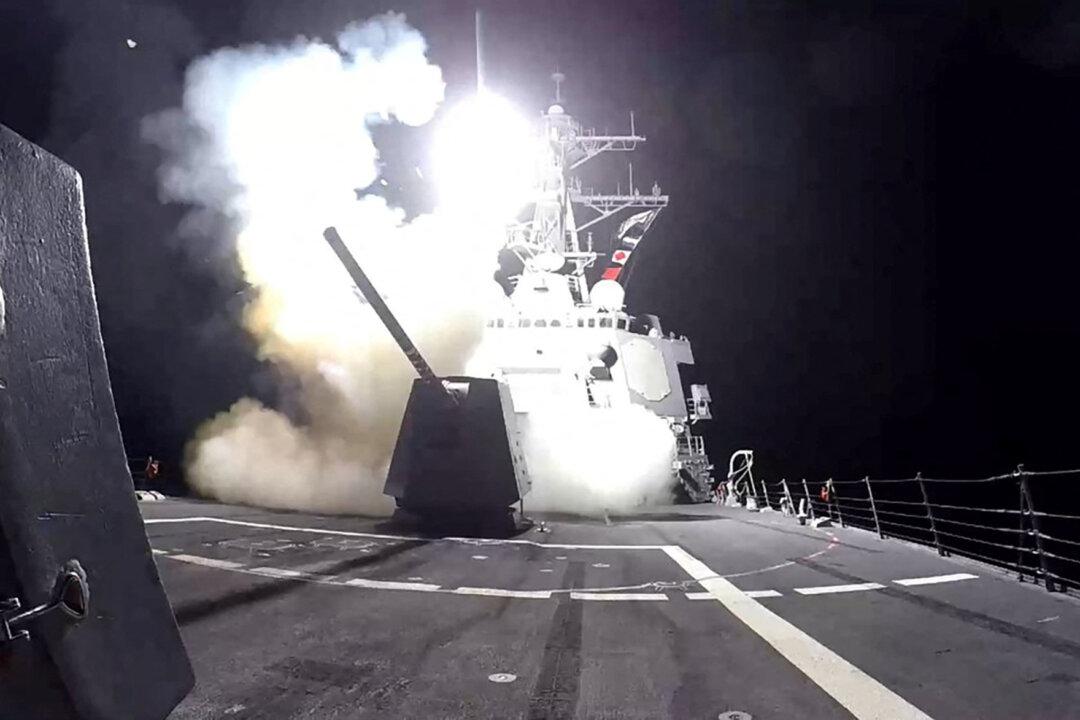The United States’ ability to develop military technologies is being hamstrung by a “brutal” bureaucracy with a risk-averse culture which is preventing it from adequately countering China’s arms development, according to the Pentagon’s second-highest-ranking officer.
“The pace [China is] moving and the trajectory that they’re on will surpass Russia and the United States if we don’t do something to change it,” said Gen. John Hyten, vice chairman of the Joint Chiefs of Staff, at a Defense Writers Group meeting on Oct. 28.




